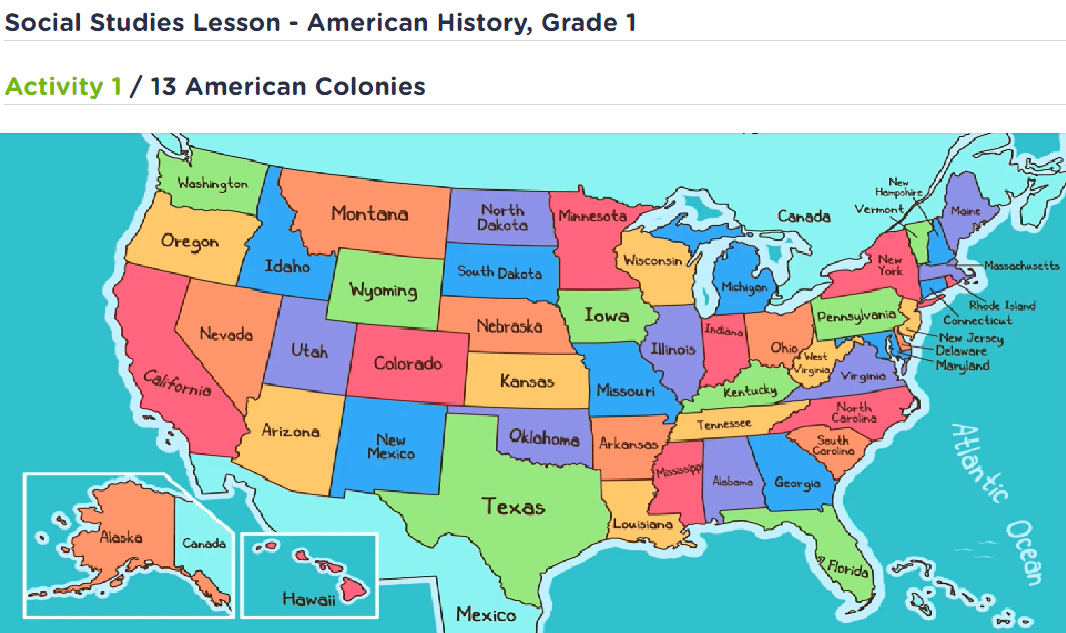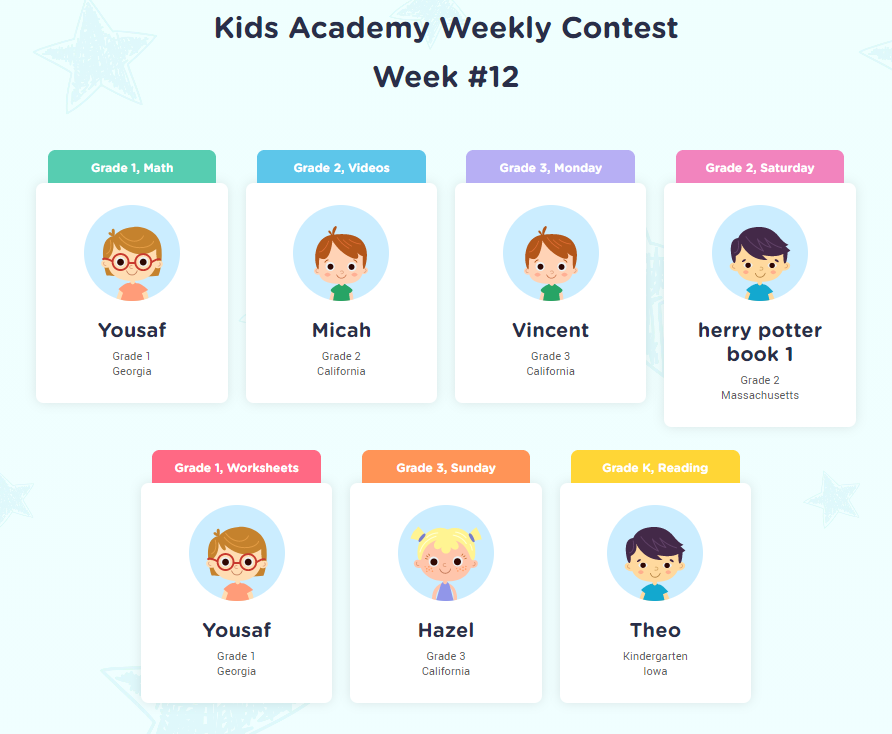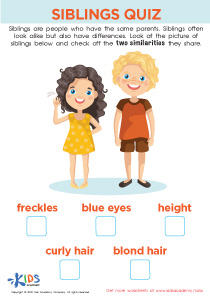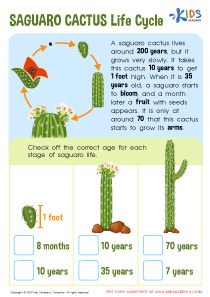Map reading skills Normal Science Worksheets for Ages 7-8
3 filtered results
-
From - To
Our "Map Reading Skills Normal Science Worksheets for Ages 7-8" are designed to make learning engaging and effective. These expertly crafted worksheets introduce young learners to basic map reading concepts such as understanding symbols, reading legends, and navigating grids. With colorful graphics and fun activities, your child will develop spatial thinking and geography skills while enjoying the process. Perfect for home or classroom use, these worksheets cater to both educators and parents looking to enhance their child's learning experience. Equip your young explorers with the tools they need to navigate the world with confidence! Suitable for kids aged 7-8.
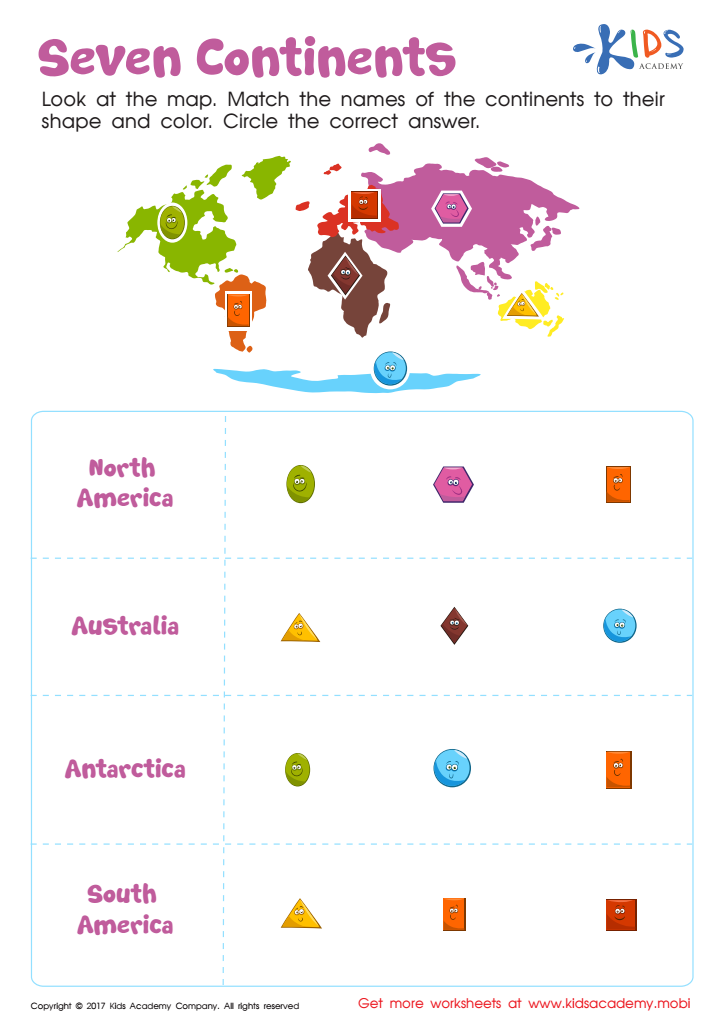

Seven Continents Worksheet
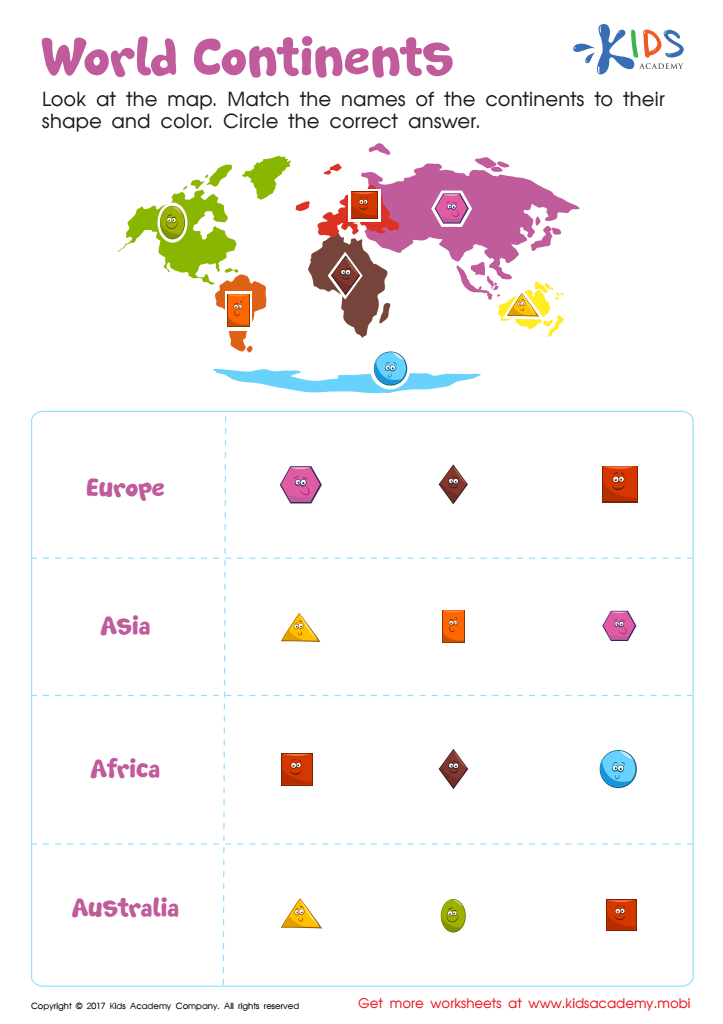

World Continents Worksheet


Maps and Landforms Worksheet
Map reading skills are essential for young learners between the ages of 7-8 as they lay the groundwork for critical thinking and spatial awareness. At this formative stage, children are naturally curious about the world around them, and maps offer a visual representation that can satisfy and further spur their exploration. By learning to read maps, students enhance their ability to interpret symbols, recognize landmarks, and understand geography, which can make subjects like history and science more tangible and relatable.
Moreover, map reading fortifies fundamental skills such as problem-solving and decision-making. For instance, figuring out how to navigate from one point to another requires logical thinking and planning. This fosters cognitive development and encourages children to make connections and engage with the material more deeply. Additionally, understanding maps promotes mathematical skills; interpreting scale, distance, and direction translates to grasping more abstract concepts in math and geometry.
For parents and teachers, nurturing these skills supports a well-rounded education that emphasizes real-world applications. As the ability to navigate and understand one's environment is crucial in everyday life, early map reading sets children on a path toward becoming competent and knowledgeable individuals. Ultimately, prioritizing these skills helps cultivate independence, confidence, and a lifelong love for learning in young minds.
 Assign to My Students
Assign to My Students






